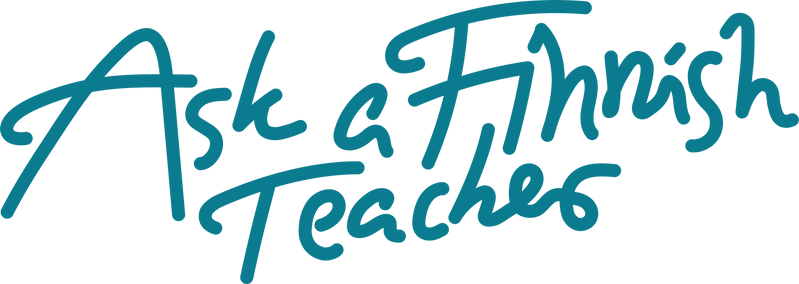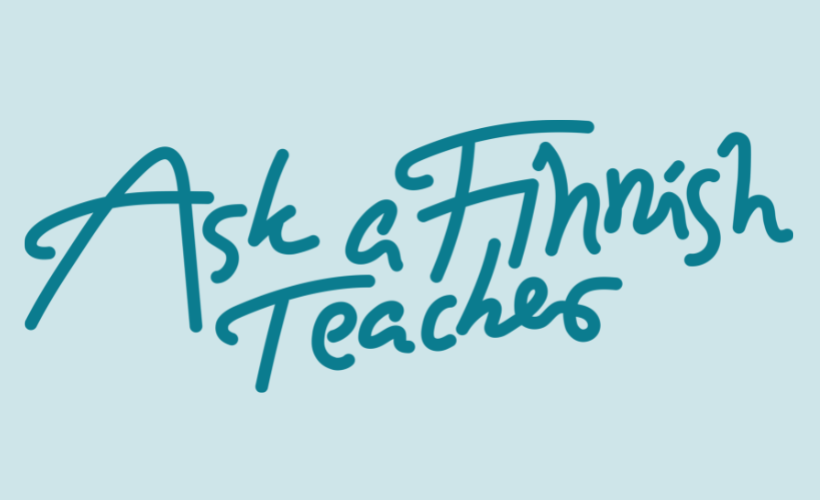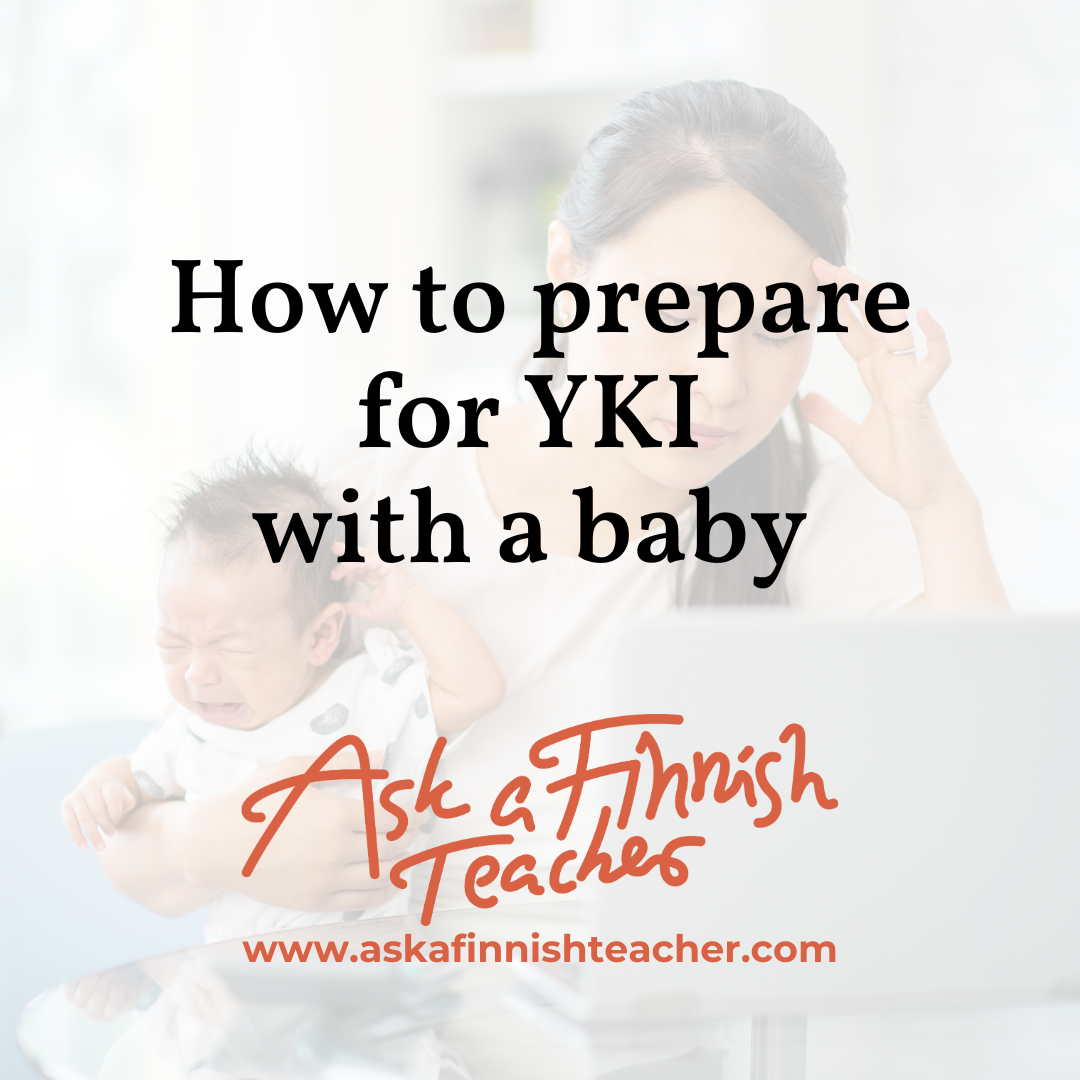In my previous post all the way in December, I wrote about how to get started on your path to mastering the Finnish language.
When you’re starting out, it’s a good idea to really to think about your goals, how much time and energy you’re going to dedicate to your studies and most important of all, how to make learning as fun and rewarding as possible.
In this post, I go through some of the different paths that you can take when you start your journey and share some resources that will hopefully be useful to you as you start your journey. Also, you don’t need to limit yourself to one thing. In fact, it’s often useful to do a combination of things that work for your schedule, your resources and your individual preferences.
1. A face to face group course. A good face to face group course has many advantages: you get to know other people working towards the same goal, you have a teacher to guide you and at best, your lessons will be lots of fun. Leaving your home to go to class can be both a great advantage and a disadvantage: it can take a lot of time and energy to physically get to class, but on the other hand a lot of people really benefit from physically being present at a lesson as opposed to online learning. A group course that works for you might even give you energy instead of just demanding it!
Finding a face to face group course of course depends on where you’re located. If you’re in Finland and in a city, a good place to start looking is finnishcourses.fi. I personally only have experience with schools in the Helsinki metropolitan area, and even then of course only from the point of view of a teacher. Some great places to study in Helsinki are Eiran aikuislukio, Helsingin aikuisopisto and Helsingin työväenopisto, but there are many others as well!
2. An online group course. A good online group course will have many of the advantages of a face to face class, but can be a lot more convenient to fit into your schedule. Typically, online group courses will have regular meetings on a platform like Zoom or Teams with at least a portion of the lesson in brekout rooms. There’s usually also a learning environment for homework like Moodle, Google Classroom or Peda.net. Finnishcourses.fi is also a great place to start your search for these.
Many small providers also organize their own beginners’ courses. One great option is my friend and colleague Taru Eloranta, whose courses you can find here.
3. A self-paced online course can be a great option if your schedule is very busy and it’s hard to find a regular time for a group course. I don’t have a specific course that I’m able to personally recommend at the moment, but I know these exist and would love to design one myself one day. Let me know in the comments if you know of a good one!
4. Private lessons are a wonderful way to study without having to worry about the pace of the course being too slow or too fast. The downside of private lessons is that you don’t have a group to support you, but they come with the advantage of the teacher being focused only on you.
Private lessons are also a much bigger financial investment than group courses: lessons by qualified Finnish teachers based in Finland range from about 60 to 110 euros per 45 minutes at the time I’m writing this. However, there are students who teach private lessons for much less, and many of my colleagues living outside of Finland are able to charge much less.
Here’s a good list of private Finnish teachers compiled by Hanna Männikkölahti from Random Finnish Lesson (who is also a wonderful teacher and colleague).
5. Self-paced learning with a textbook. This is a demanding path to take, as studying on your own demands lots of discipline and you risk feeling lost. However, I’ve seen a lot of students take this path and get great results, so I don’t want to discourage it either! The best textbook that I know of for this path is the Suomen mestari series, but Oma suomi, Sun suomi (English explanations) are also good options.
6. Other great resources when you’re starting out. There are many wonderful apps and websites that can help you on your path. Duolingo of course is very popular.
Some of my own favorites are
- Uusi kielemme is a wonderful, free site all about Finnish grammar and vocabulary in English and in some other languages as well. Highly recommended! (This bullet point is an update on 22.3. prompted by commenter Alli. I can believe I initially forgot Uusi kielemme!)
- Kieli.net, a word analysis tool, dictionary and exercises all in one.
- Random Finnish Lesson is a great blog about learning the Finnish language and also about books in easy Finnish. (This is also an update on 22.3.)
- Wordwall is a huge library of interactive exercises made by teachers like me
- Superalkeet is essentially a free, self-paced online course. It a good material, but it can be a bit overwhelming on its own if you’re not being supported by a more fleshed out resource like a textbook or course.
- Puhutsä suomee? is a high quality online material about spoken Finnish. I also recommend you use this one with the support of another resource to avoid getting overwhelmed.
- Kotisuomessa is a wonderful online material, a bit confusing to navigate on your own but really good stuff for levels 0 all the way to B2.
- Lyricstraining is a webiste where you can learn Finnish through songs.
I would love to hear from you in the comments! If you’re just starting out, what are you wondering about the most? If you’ve already further along on your path, what was useful for you in the beginning?





